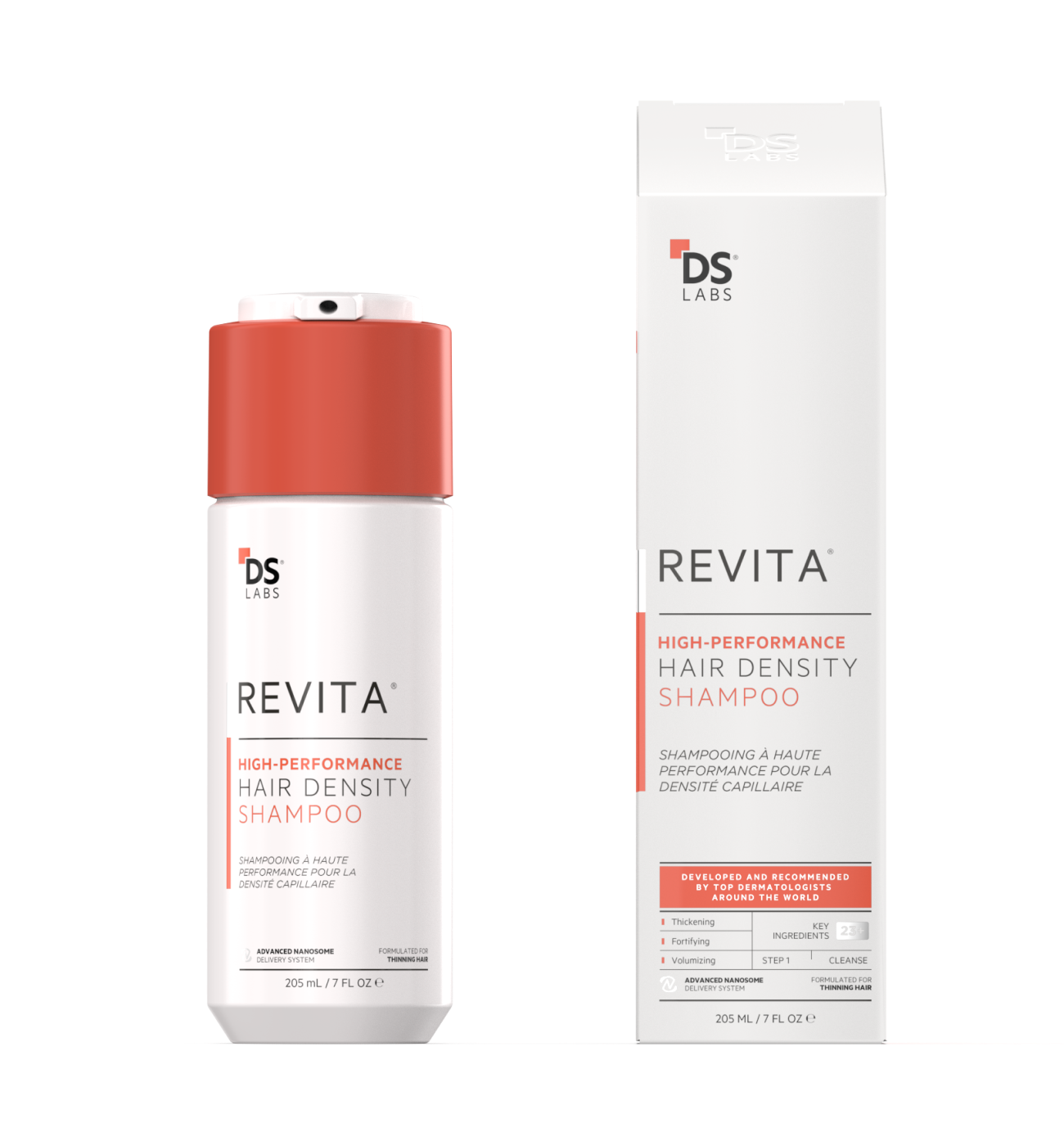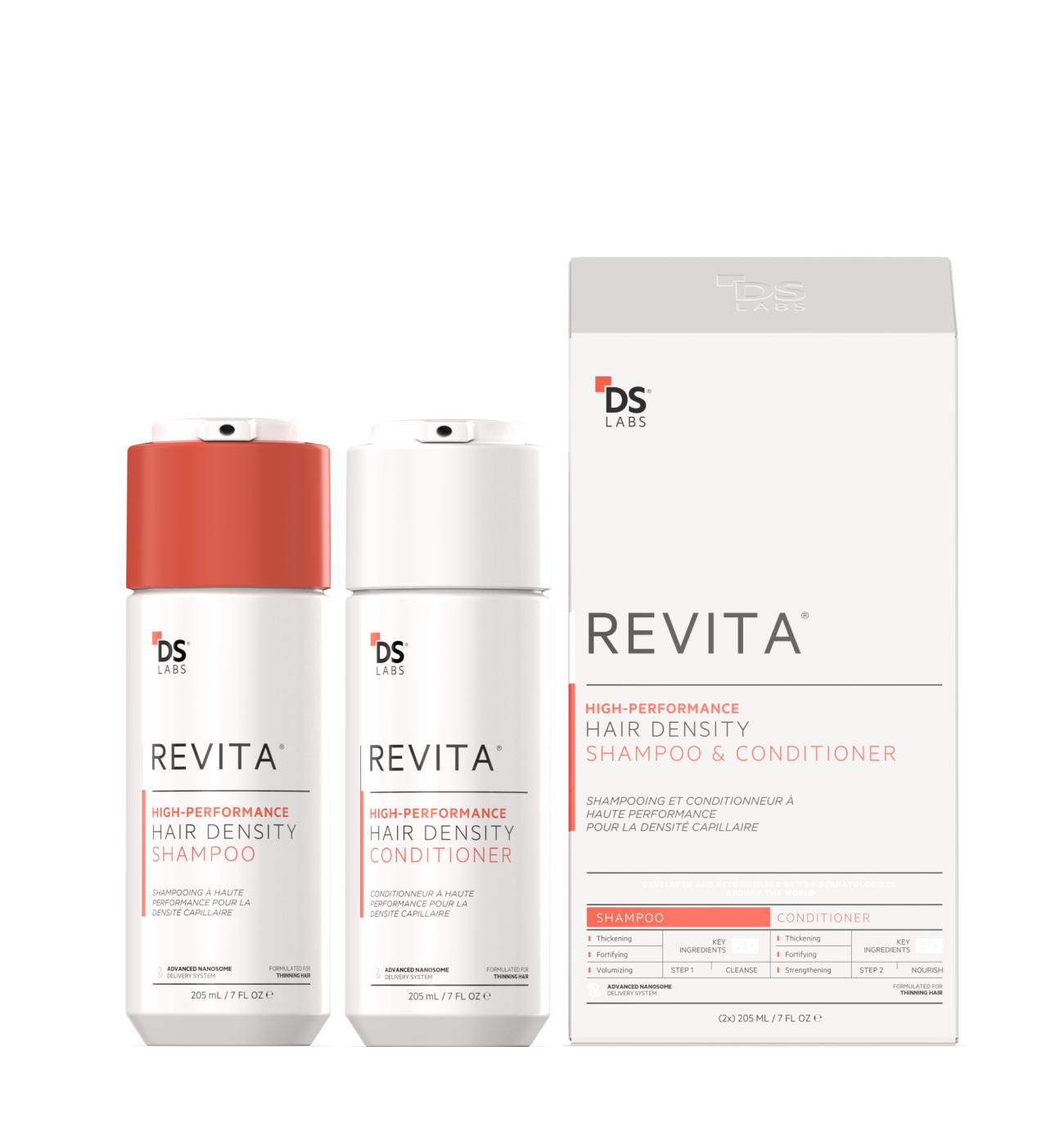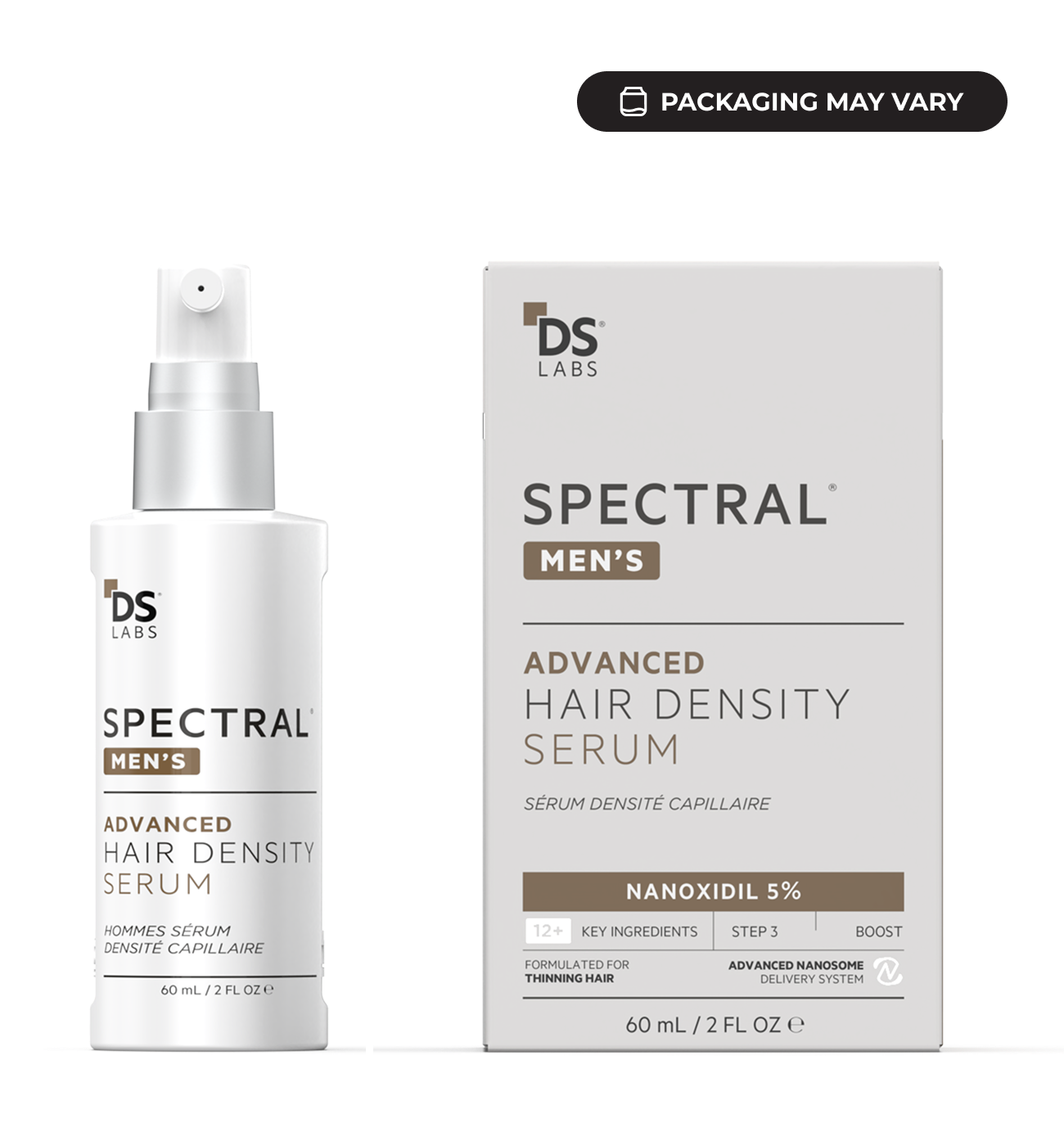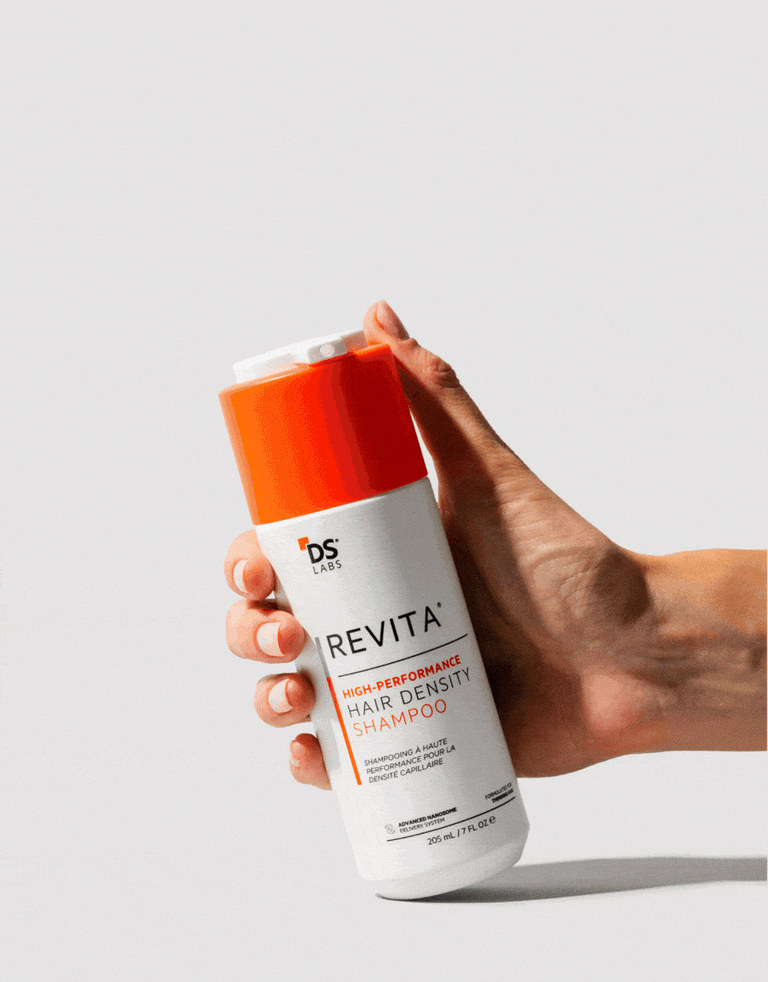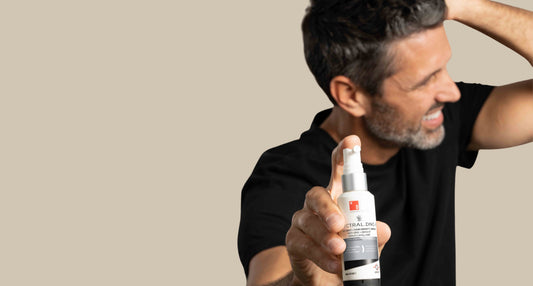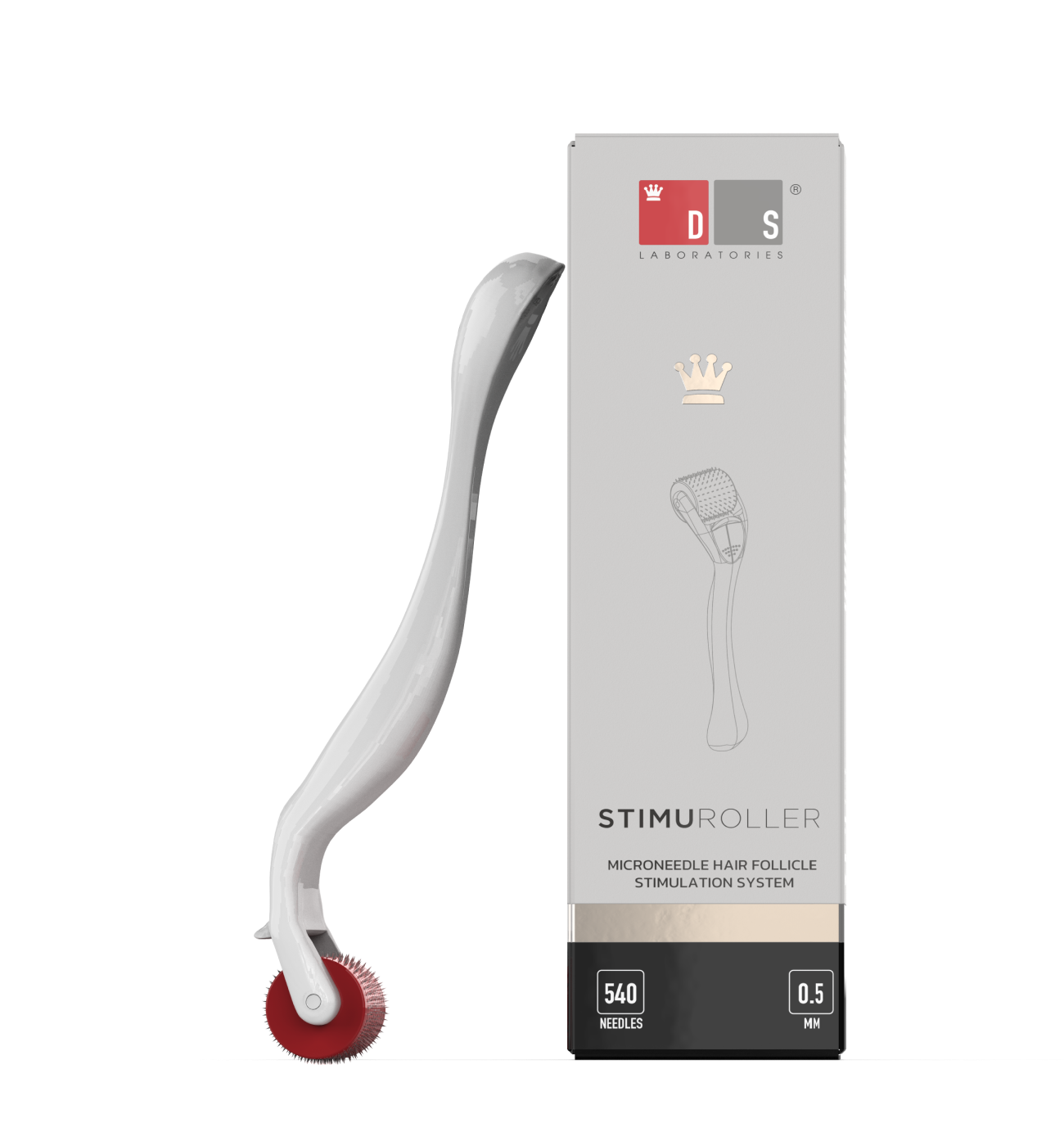Likely, you have not heard about low porosity hair. And if you have, it is probably because you have struggled with it in the past, and a knowledgeable hair stylist has told you about it. Low porosity hair is exactly what it sounds like–it is where your hair has fewer pores than other hair types. Surprisingly, this can cause many issues for your hair, and if you don’t employ the right hair practices and products, it can be damaging. Here are the signs of low porosity hair and what you need to know about it.
Low porosity hair explained.
We already know that this type of hair lacks or has fewer pores than other types. What this means is that it can be tough to get moisture into the hair (initially). What is more, this hair type can get greasy very quickly. The good news is once you do get moisture into your hair, the hair usually hangs on it quite nicely.
Hair with low porosity has tightly joined cuticles that make it quite difficult for moisture to go in and out of the hair shaft. The hair cuticle makes up the outside of the hair strand and protects the innermost part of the hair from damage. The cuticle is made up of hard, flat cells that overlap. You can think of these cuticle cells as tiles on a roof. In straight hair types, these cells are lined up symmetrically, whereas, in curly hair types, they are asymmetrical. For this reason, people with straight hair are more likely to have low porosity hair because the cuticles can line up so tightly, whereas curly hair is often more spaced out and, therefore, more porous.
Factors that may increase the porosity
Certain factors may cause your hair to become more porous. For example, factors from your environment, such as sun, wind, and cold temperatures, may cause the cuticles of your hair to rise. Likewise, chemical and physical damage from dying or coloring, and brushing, can also raise your cuticles.
Sign: Your hair is always greasy hair.
No matter if you washed your hair that morning or it's been a day or two, you likely feel like you always have greasy hair. Our scalps produce a natural oil called sebum, which is meant to hydrate and protect our hair strands. Sebaceous glands produce sebum, and some people produce more, whereas others produce less. Certain changes in your body can also affect the amount of sebum you make, including hormonal changes that accompany adolescence, pregnancy, and menopause.
But the amount of sebum you produce is not the only contributing factor to a greasy appearance. For example, people with low porosity hair generally adopt a greasy look to their hair shortly after they have just washed it. This happens because the moisture from these oils cannot penetrate past the cuticle into the hair itself. Therefore, the oil just sits on the top of the hair without anywhere to go.
This greasy appearance is also generally more apparent for people with straight hair, as the oil can quickly travel down straight strands. For people with curly hair, the coils can slow the progression of grease down the strand.
Sign: Products seem to sit on your hair
Just like your own oils can get trapped on your hair, any products you use may also fail to absorb into your hair strands. People with low porosity hair often say their conditioner makes their hair greasy, so they sometimes forgo it with washes. If you find that products make your hair look or feel more greasy, this could also be a sign that you have low porosity hair.
Sign: No volume
Hair that lacks volume is often due to two factors: hair thinning or low porosity hair. Generally, people who struggle to get volume have this issue because oils tend to weigh the strands down, so it's hard to get any lift. And regrettably, the more products you add, the more you struggle. The good news is you likely never have issues with frizz!
Sign: Water seems to sit on your hair strand
You can test the porosity of your hair with a few tests. The first is a spray bottle test, where you spray a light mist on the end of your strands, and you watch to see if your hair absorbs the water or not. If it doesn’t, the water roll off the hair or sits like droplets on top of it.
Sign: Your hair floats
If you take a few strands that you have shed and put them in a glass of water or fill up the sink with water, porous hair will sink after a few minutes. However, hair that is not porous will continue to float on the surface as it cannot absorb water.
Caring for porous hair
The type of products you use is always important, but it may be even more so for people with low porosity hair. Because products tend to sit on top of your hair, you will want to look for shampoos and conditioners that are sulfate-free, and that can also help volumize. In addition, shampoos should be clarifying to help get rid of artificial and natural oils that build up on the scalp.
And finally, because less porous hair often lacks volume, it is important to treat any hair loss, as the combination of low porosity and hair loss can make your hair look even thinner.



